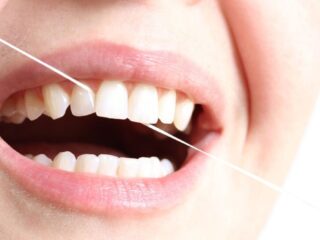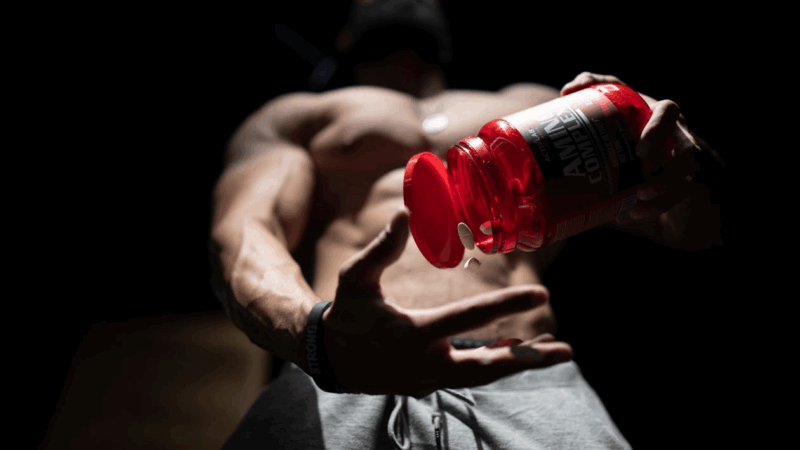
Regular cleaning is essential to keep a rollator in good shape and free from dirt and debris. Dust, mud, and spills can accumulate over time, leading to wear and tear on the frame and moving parts. To clean a rollator, use a damp cloth with mild soap to wipe down the handles, frame, and seat. Avoid harsh chemicals that could damage the material.
For deeper cleaning, remove any detachable parts and wash them separately. The wheels often collect the most dirt, especially when used outdoors, so wiping them regularly prevents buildup. If your rollator has a storage pouch or basket, check for any trapped debris and clean it out to maintain hygiene. Keeping the rollator clean not only improves its appearance but also ensures smooth operation for daily use.
Checking The Brakes For Safety And Reliability
The brakes are one of the most important safety features of a rollator. Over time, brake cables may loosen or wear down, reducing their effectiveness. To test the brakes, engage them while on a slight incline or push the rollator forward while holding the brakes. If the rollator moves, the brakes need adjusting.
Most rollators have a simple adjustment mechanism near the brake handles. Tightening the brake cables slightly can restore proper function. If the brakes feel too stiff, they may need loosening. If adjusting the cables doesn’t solve the issue, the brake pads may need replacing. Regular brake checks help prevent accidents and ensure safe use in any environment.
Inspecting The Wheels For Wear And Tear
The wheels of a rollator endure constant pressure, especially when used on rough or uneven surfaces. Over time, wheels can develop cracks, flat spots, or lose traction. Inspecting them regularly ensures that the rollator remains stable and easy to maneuver.

Check the tires for signs of damage or excessive wear. If the wheels have lost their grip, replacing them can improve stability. For rollators with air-filled tires, ensure they are properly inflated to prevent uneven rolling. Loose or wobbly wheels should also be tightened to prevent unsafe movement. A well-maintained wheel system keeps the rollator smooth and reliable for daily use.
Lubricating Moving Parts For Smooth Operation
A rollator has several moving parts, including hinges, folding mechanisms, and brake cables, that require occasional lubrication. Over time, friction can cause these parts to become stiff or noisy, making it harder to use the rollator comfortably.
Using a small amount of silicone-based lubricant on joints and hinges can help maintain smooth operation. Avoid using oil-based lubricants, as they can attract dust and dirt. If the rollator starts squeaking or feels harder to fold, lubrication is likely needed.
Regular maintenance of these parts ensures that the rollator remains easy to use without sudden stiffness or difficulty in movement. By keeping all components well-lubricated, users can extend the lifespan of their rollator and continue using it safely for years to come.










